Jessica Williamson, Hay and Forage Specialist, AGCO
Baled silage offers operators a unique opportunity to harvest high quality forage in a shorter window of time compared to dry hay. It has the potential for higher quality, higher protein, and is often more palatable, resulting in less waste than dry hay. However, maximizing these benefits requires detailed management before, during and after harvest.
Silage bales, or baleage, is a forage baled at a higher moisture content than field-cured hay, wrapped in polyurethane plastic so the oxygen is eliminated, then fermented through anaerobic fermentation. Baled silage has the potential to have higher quality, higher protein, and is more palatable, resulting in less waste than dry hay if managed correctly.
A trial was conducted by Massey Ferguson in Beauvais, France on first cutting cool-season perennial grass in collaboration with La Salle University in Beauvais. The objective of this study was to determine the effect of time of wrapping after baling on forage quality in cool-season grass silage bales. Bales were wrapped at 0 (control, wrapping bales with the Protec as soon as they exit the bale chamber), 2, 4, 8, 24, and 48 hours after baling (0h, 2h, 4h, 8h, 24h, and 48h respectively). Bales in the 2h, 4h, 8h, 24h, 48h treatment were hauled from the field and wrapped at the storage location with a stand-alone wrapper. All bales were wrapped with 8 layers of 1ml green polyurethane plastic.
Treatments(Hours after Baling Before Wrapping) |
|---|
0h |
2h |
4h |
8h |
24h |
6 treatments x 4 reps (bales)/treatment= 24 total bales
After bales were fermented and stabilized, pH was lowest and did not differ between 0h, 24h, and 48h. This could have been a result of the drop in pH that occurred prior to wrapping, which was documented in Year 1 of this study conducted in Beauvais, France and a second location in southeastern Pennsylvania, USA.
Fiber components – acid detergent fiber (ADF) – were lower in treatments 0h, 2h, and 4h compared to 8h, 24h, and 48h (Figure 1). Lower ADF indicates a greater digestibility potential of forage. Results from this study indicate that silage wrapped within 4 hours after baling can increase the animal’s ability to digest the forage, potentially leading to improved animal performance (greater animal gains or milk production).
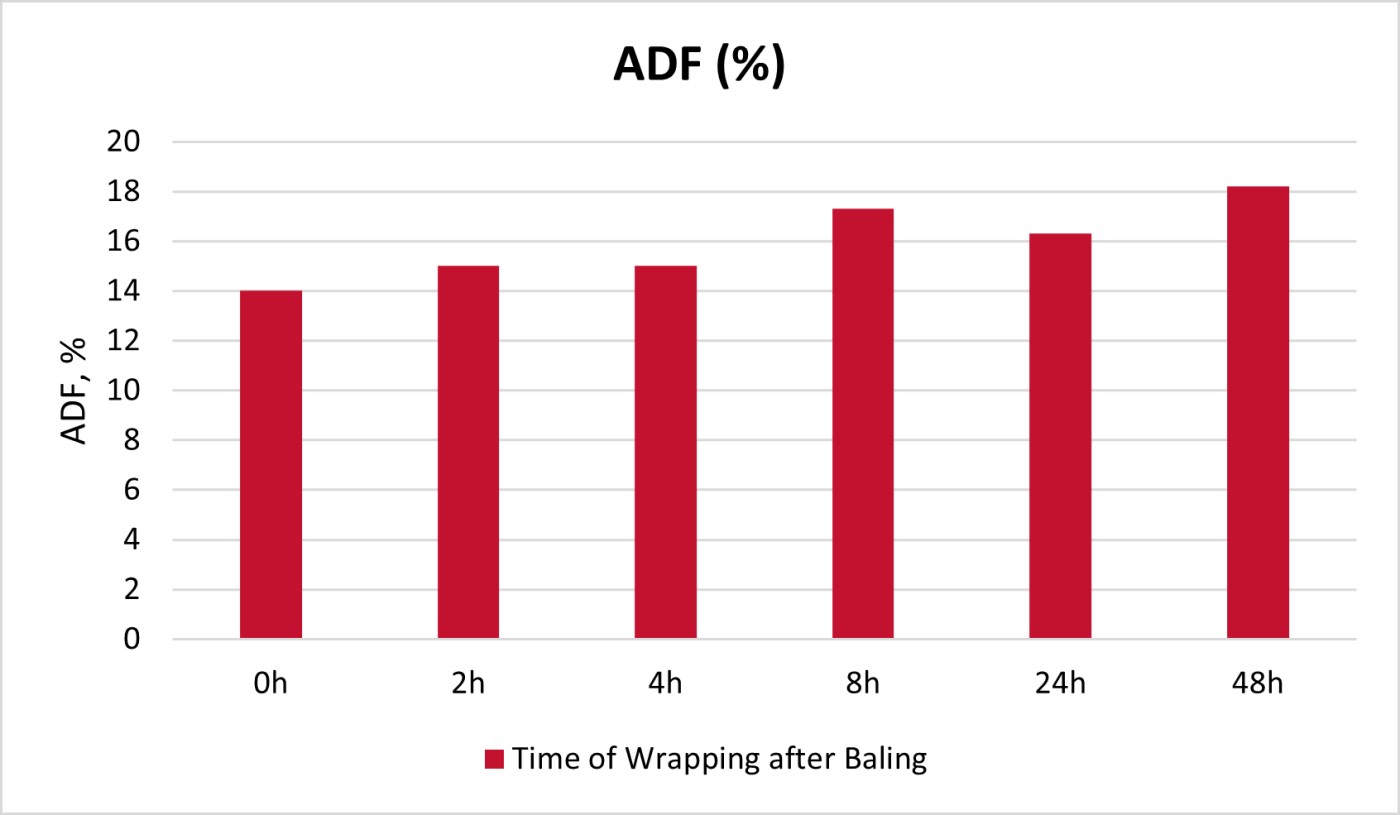
Figure 1. Acid detergent fiber (ADF) is a measure of cell wall components that indicate digestibility potential (ADF) of a forage.
Digestibility is a calculated value that is the sum of the digestible fiber, protein, lipid and carbohydrate components of a feedstuff or diet. Digestibility is often calculated based on ADF. Digestibility declined for the 8h, 24h, and 48h treatments compared to the 0h, 2h, and 4h treatments (Figure 2.). A 2% improvement in digestibility would yield an additional .1 lb/d (.45 kg/d) of gain on a growing steer. At a 3.5% BW DMI, forage from one acre will cause gains of an additional 50 lbs total across all head. Likewise, concentrate feed (grain or grain byproduct supplementation) requirements for dairy cows increase by 4% for each 1% decline in silage dry matter digestibility. In other words, the greater the digestibility of the forage in the diet, the less additional supplementation needed to produce the same amount of milk.
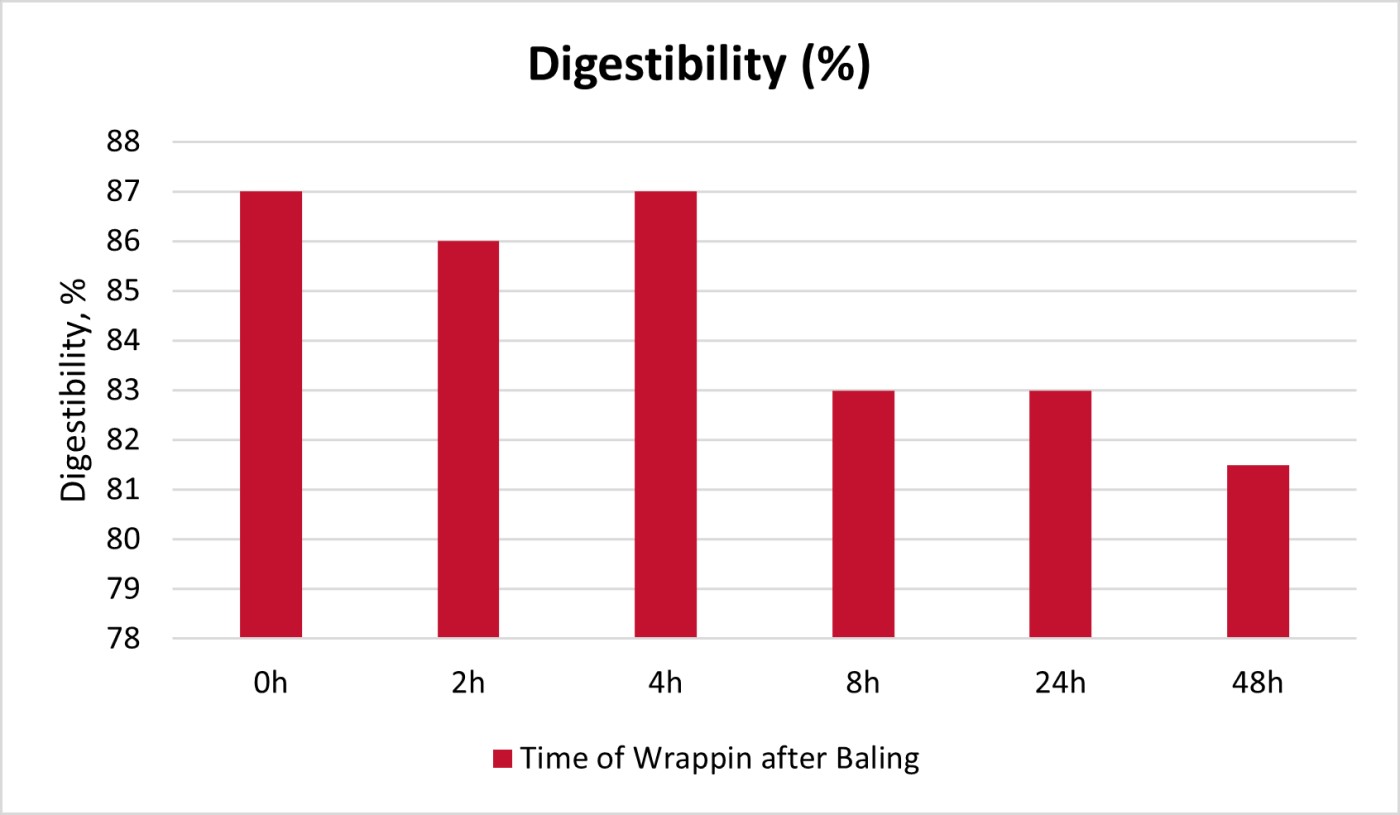
Figure 2. Digestibility of silage across treatments. Total digestible nutrients is a calculated value that is the sum of the digestible fiber, protein, lipid, and carbohydrate components of a feedstuff or diet. Digestibility is often calculated based on ADF.
Milk forage unit (UFL) represents the net energy value of one kg of forage, used as reference forage, distributed to dairy cows. The net energy in milk produced by 1 kg of reference barley is equivalent to 7.12 MJ of net energy. Therefore, bales wrapped prior to the 4h time point had a greater net energy value than bales wrapped at 8h or after, which will equate to greater milk output.
Based on the findings from this trial, a division of forage quality occurred between the 4h and 8h treatment. Wrapping hay within 4 hours of baling will significantly improve forage quality, leading to greater animal performance (milk yield and components as well as average daily gain in growing livestock) and less need for alternative feed sources to improve the plane of nutrition.
There are agronomic benefits to harvesting high moisture hay as silage versus dry hay. A 5% DM loss is incurred for every 24h hay lays in the field during drying. If hay dries down at a rate of approximately 3% per hour, forage cut at 80% fresh moisture can be baled approximately 12-24 hours sooner than field cured dry hay. This equates to a reduction of 2.5-5% DM loss (in a 4 ton/ac or 8.9 ton/ha yield) and would yield an additional 200-400 pounds (90-180 kg) of dry matter.
The Protec, a Massey Ferguson RB series baler, wraps the bale as soon as it leaves the chamber, allowing the oxygen to be excluded before it even hits the ground. This helps to ensure higher quality forage because the bale is wrapped before the threshold of reduction in forage quality found in this study – approximately 4 hours after baling. To learn more about our hay and forage products, click here.
Agronomist Bio
Dr. Jessica Williamson is the hay and forage specialist for AGCO. Jessica’s expertise is in forage quality, management and production, as well as ruminant nutrition and the plant-animal interaction. Jessica is responsible for designing and conducting field tests on hay and forage equipment; educating AGCO personnel and customers on forage management, production and livestock nutrition; and working with the Green Harvest team on ongoing forage projects.
Jessica holds a Bachelor of Science degree in animal science from Morehead State University (Morehead, Ky.); a Master of Science degree in animal science (ruminant nutrition) from the University of Arkansas (Fayetteville, Ark.); and a Ph.D. in plant and soil science (forage agronomy) from the University of Kentucky (Lexington, Ky.). Jessica is originally from a cow-calf operation in western Maryland.

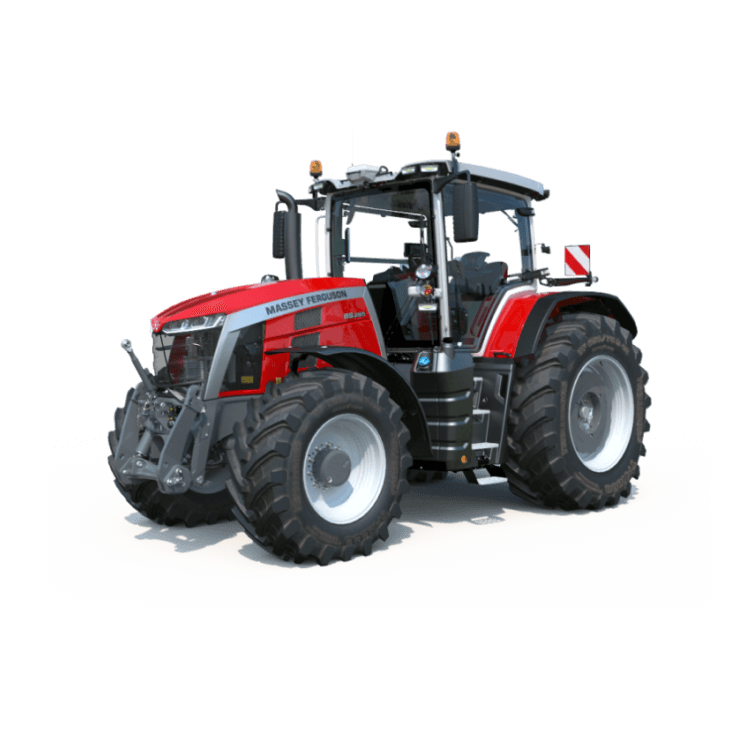
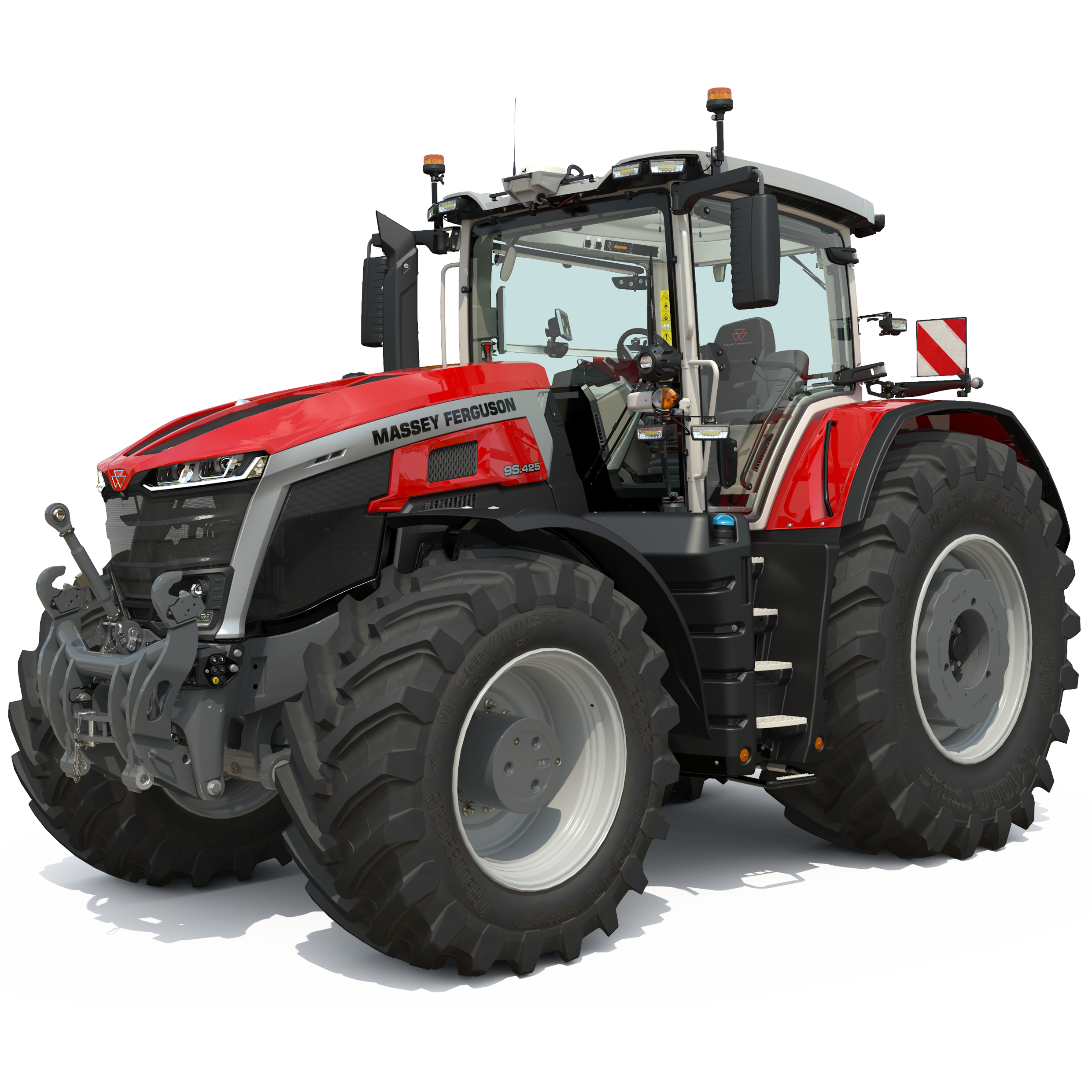
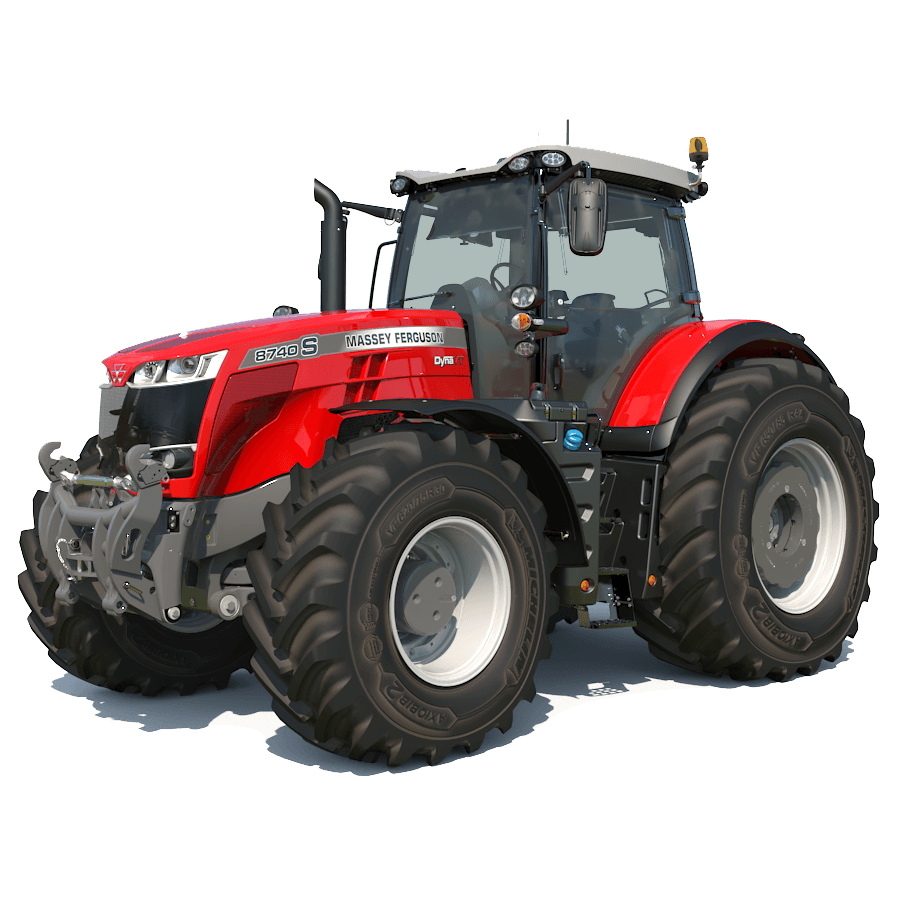
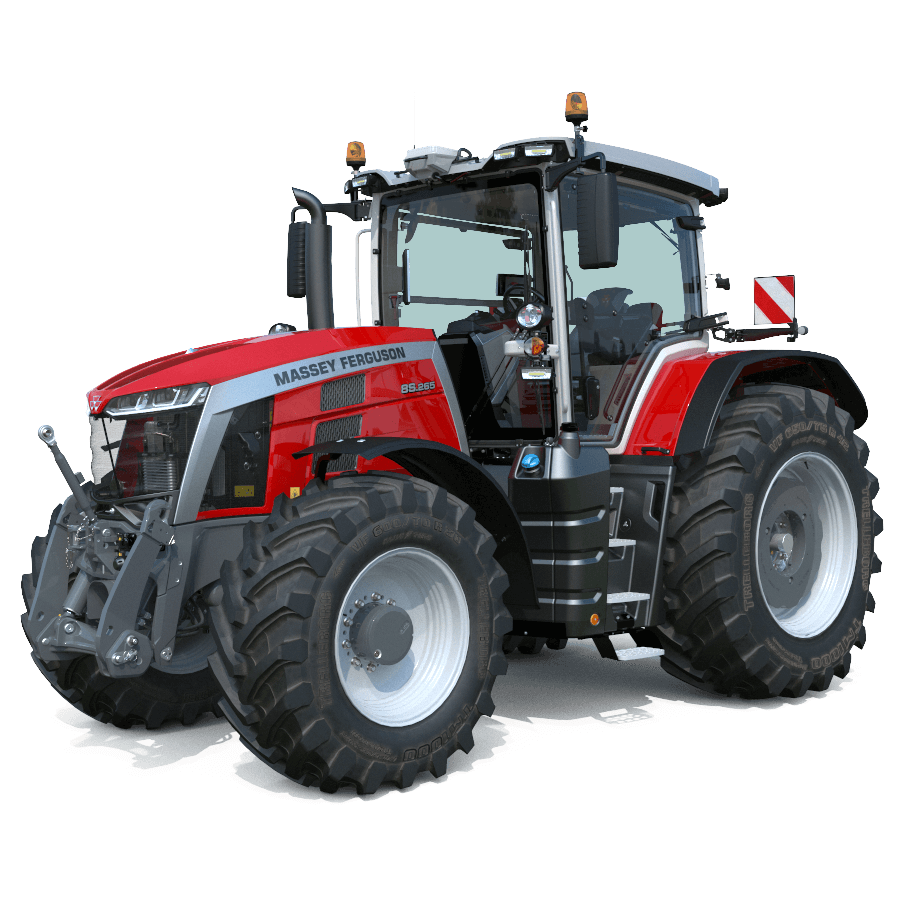
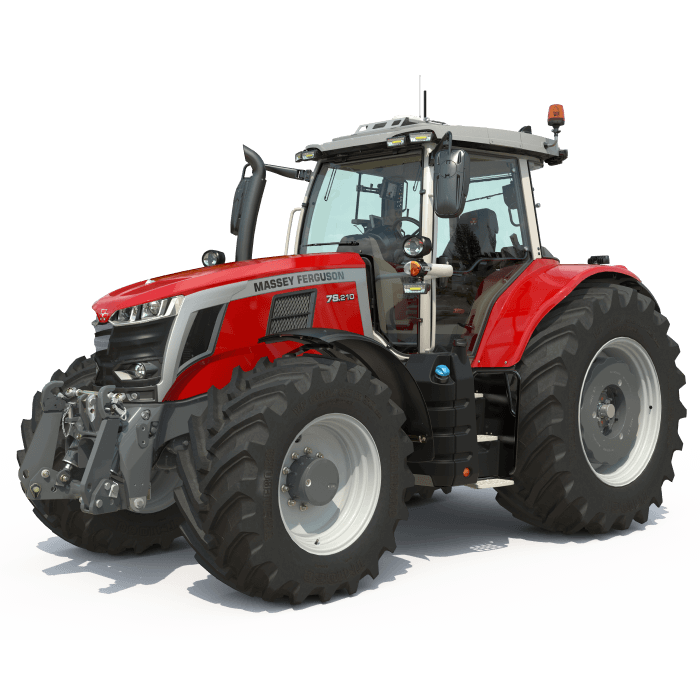
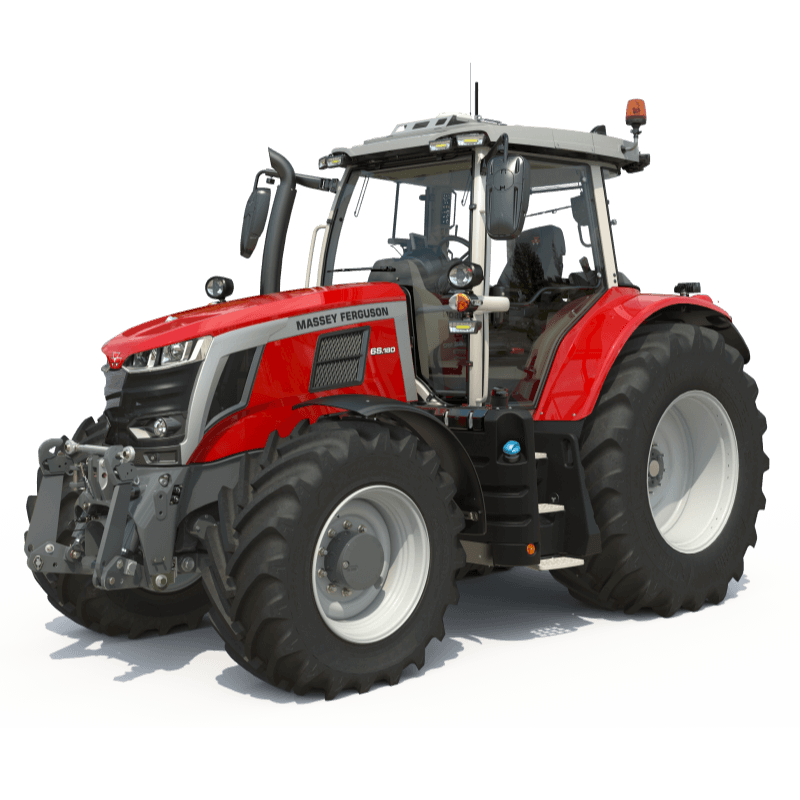
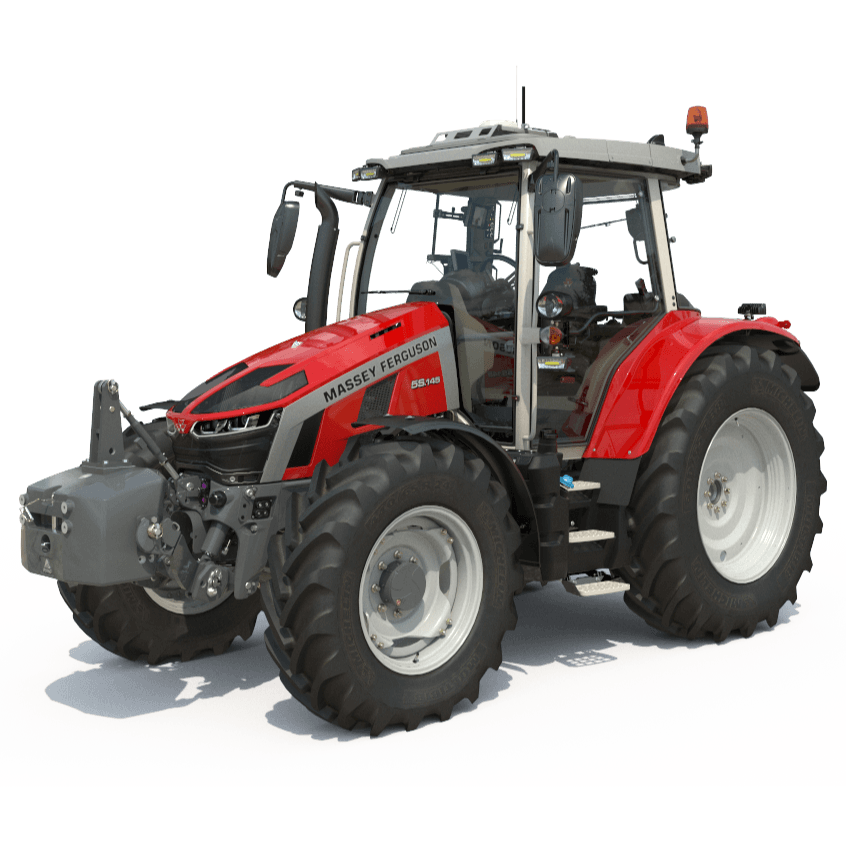
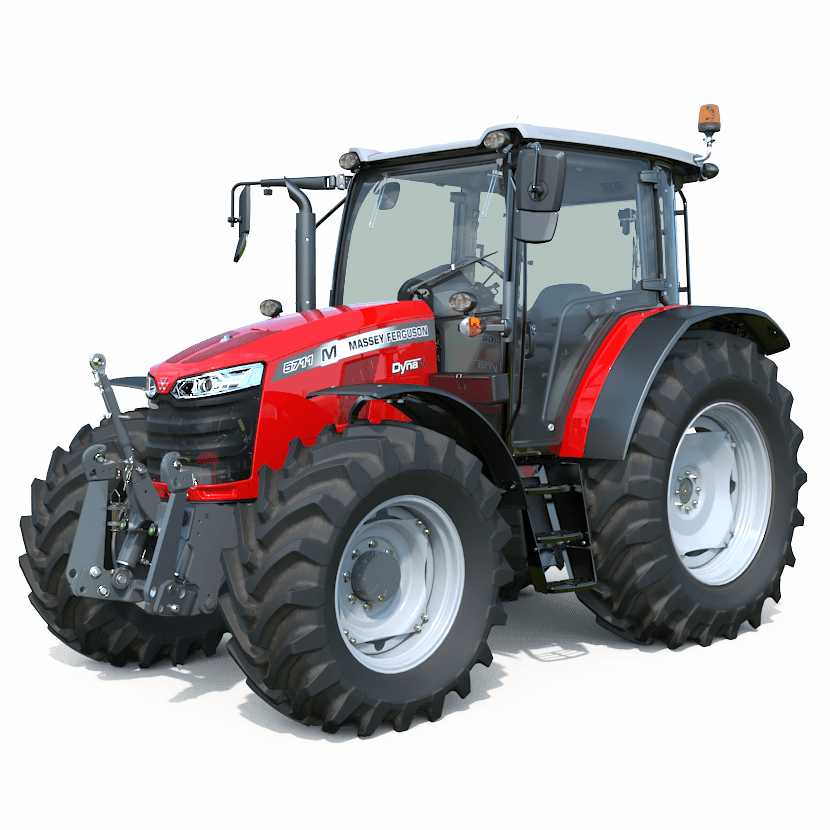
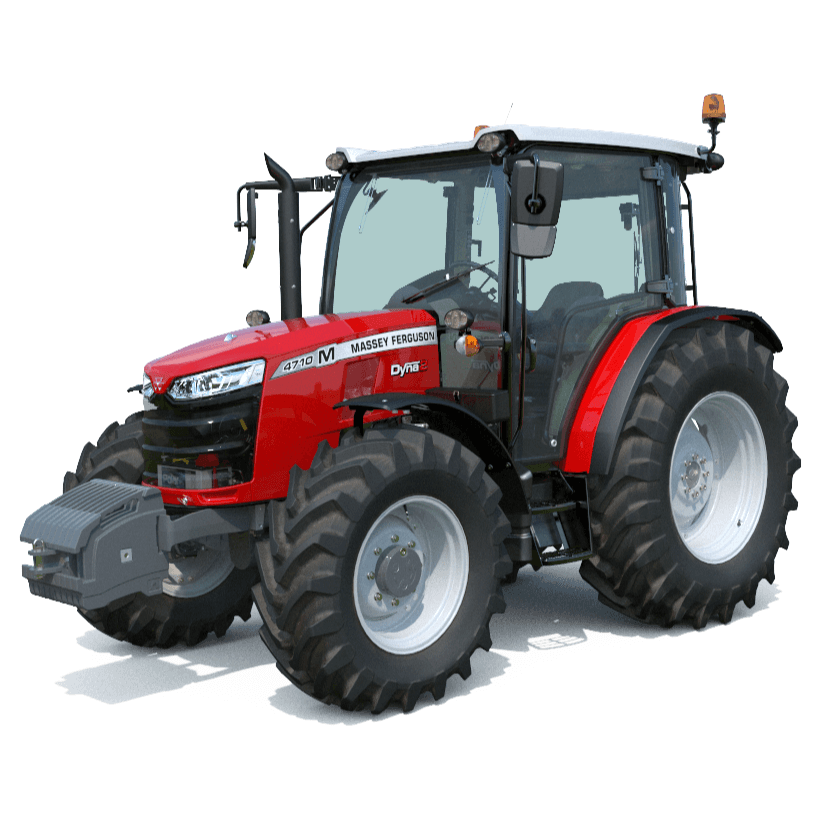
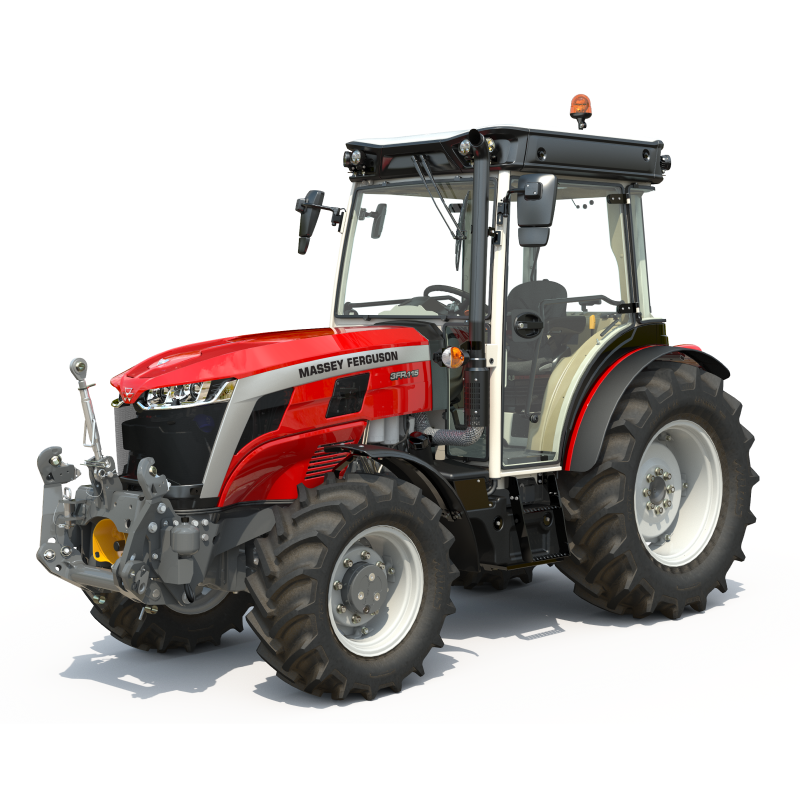
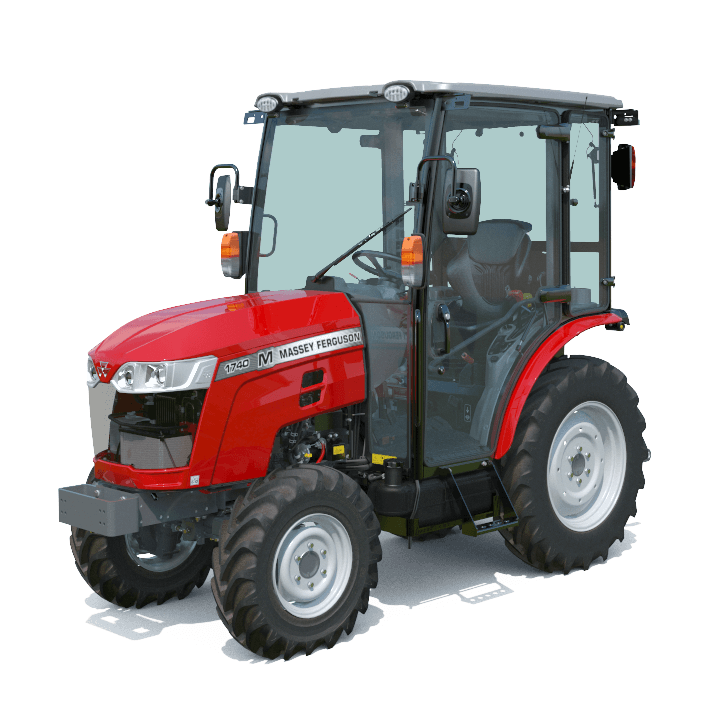
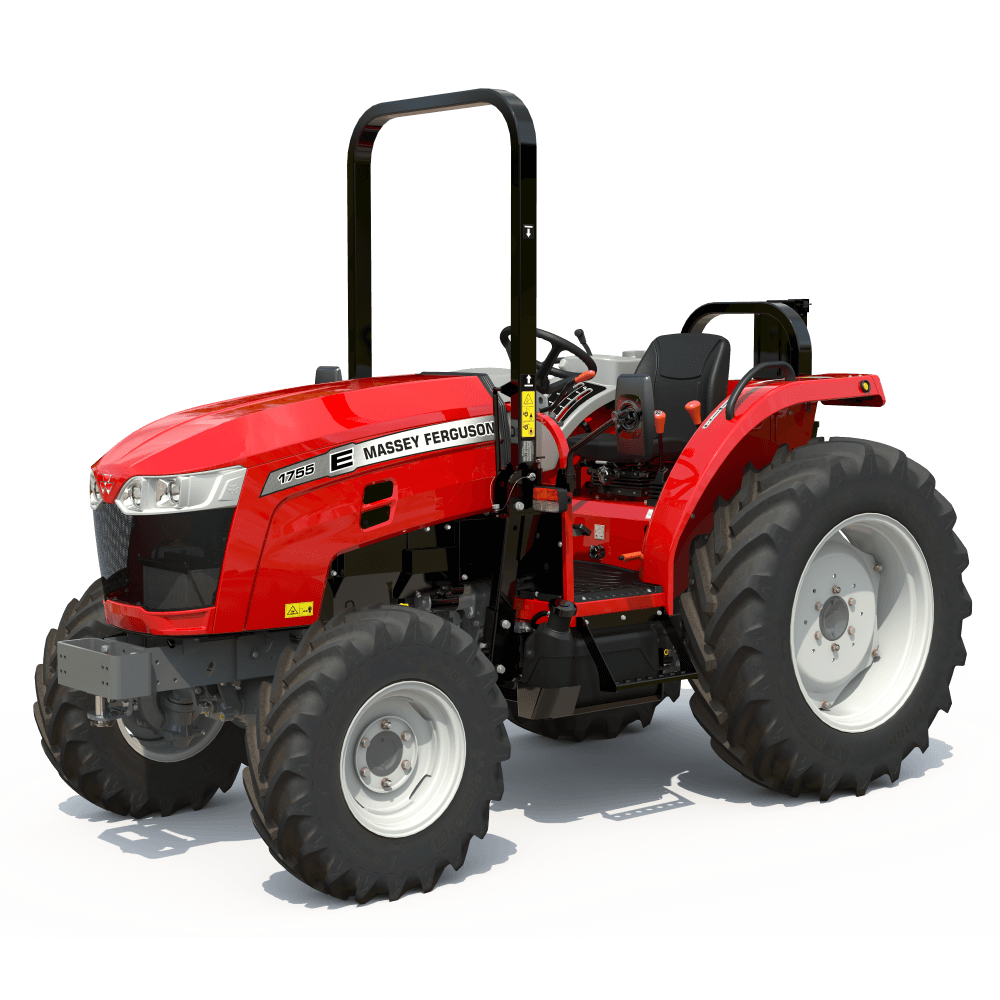
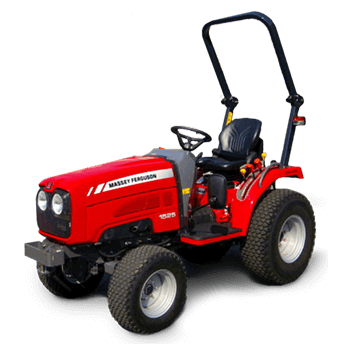
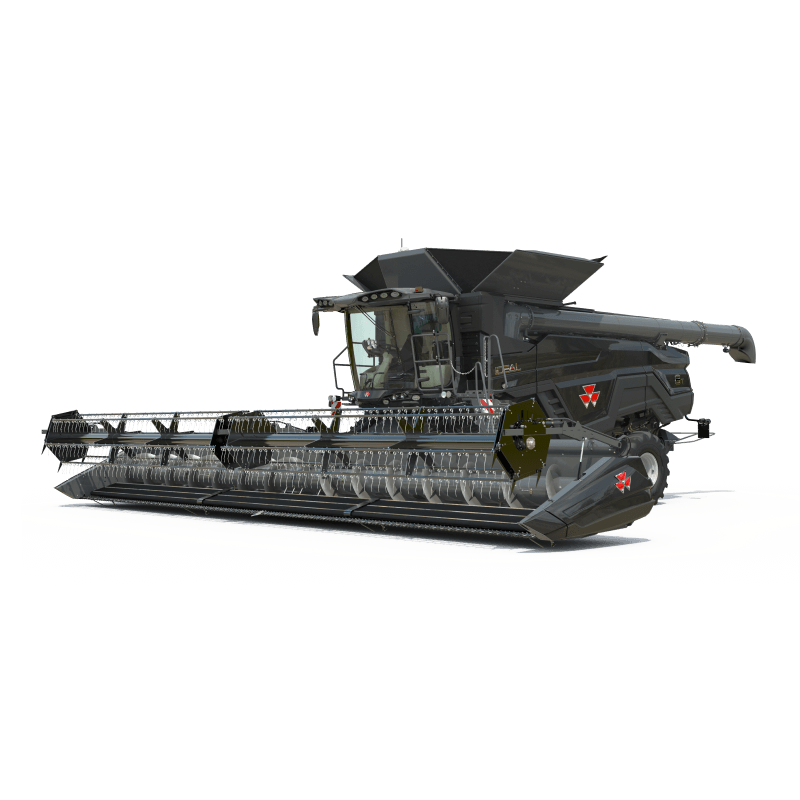
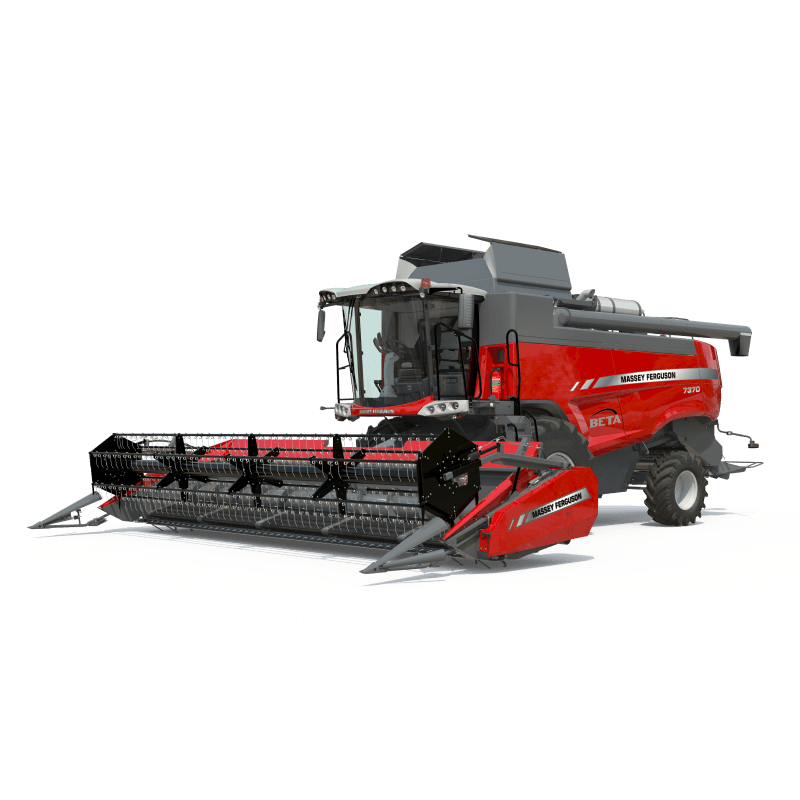
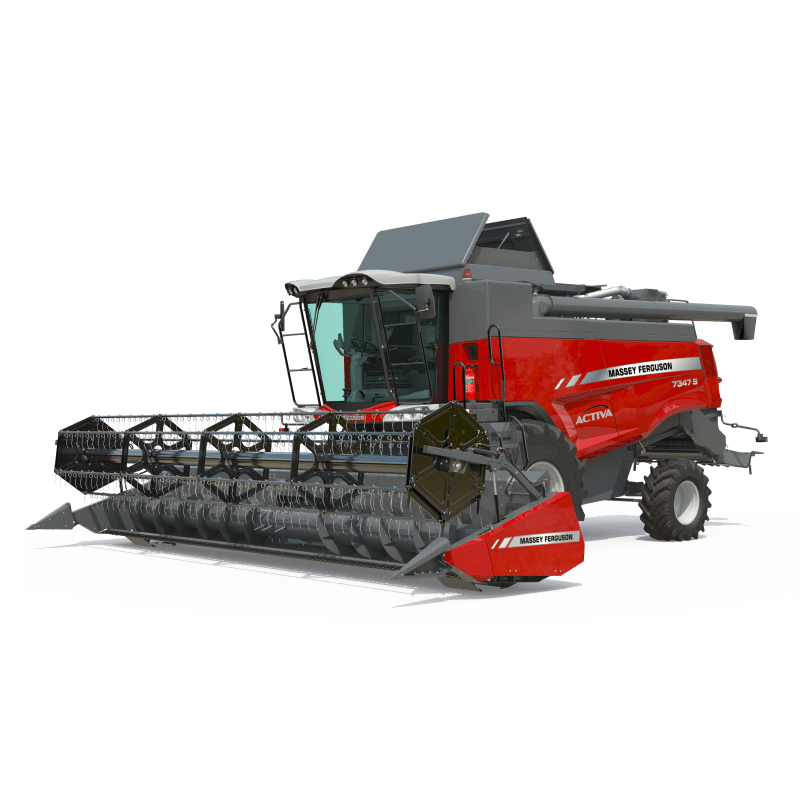
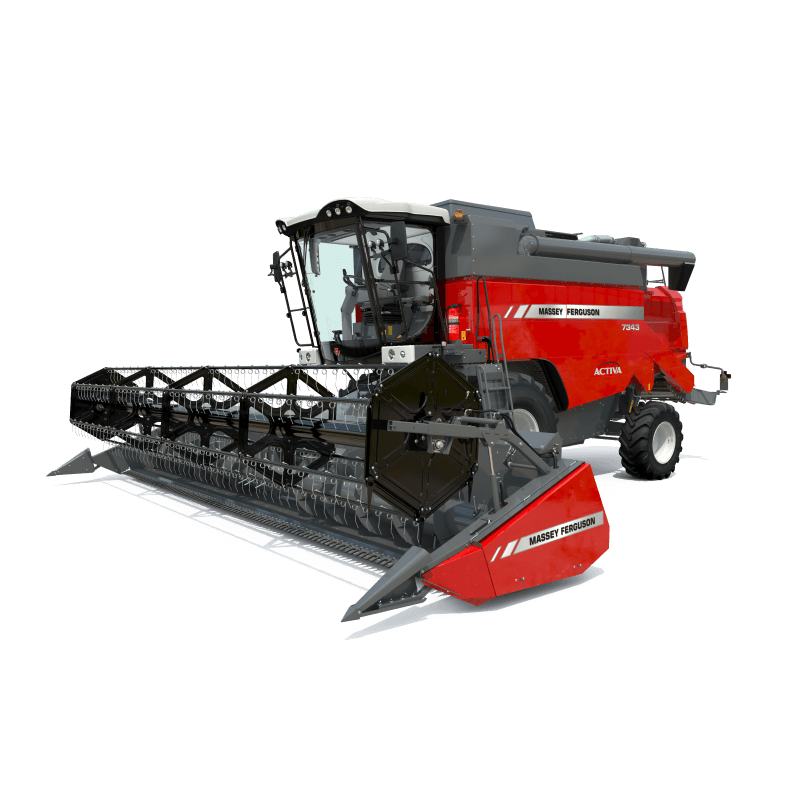
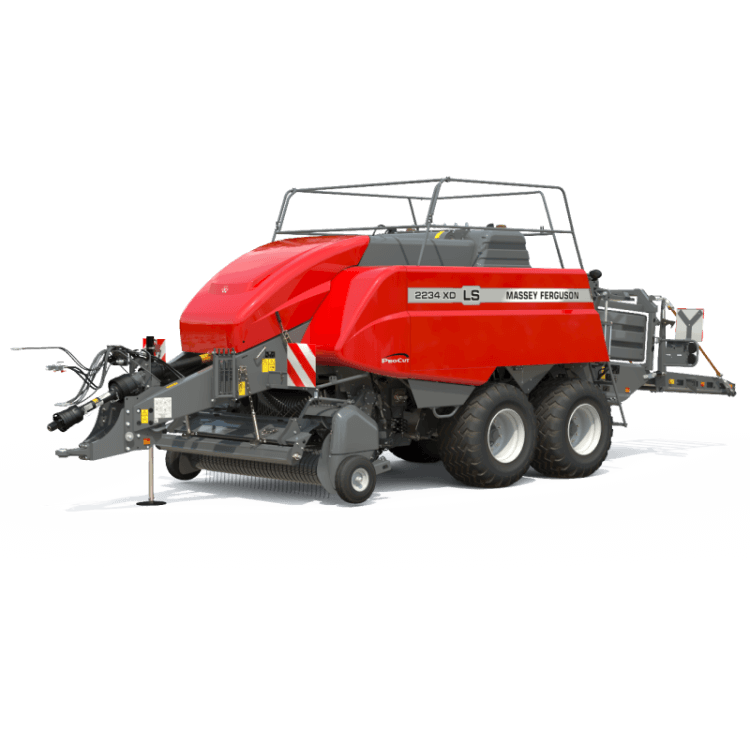
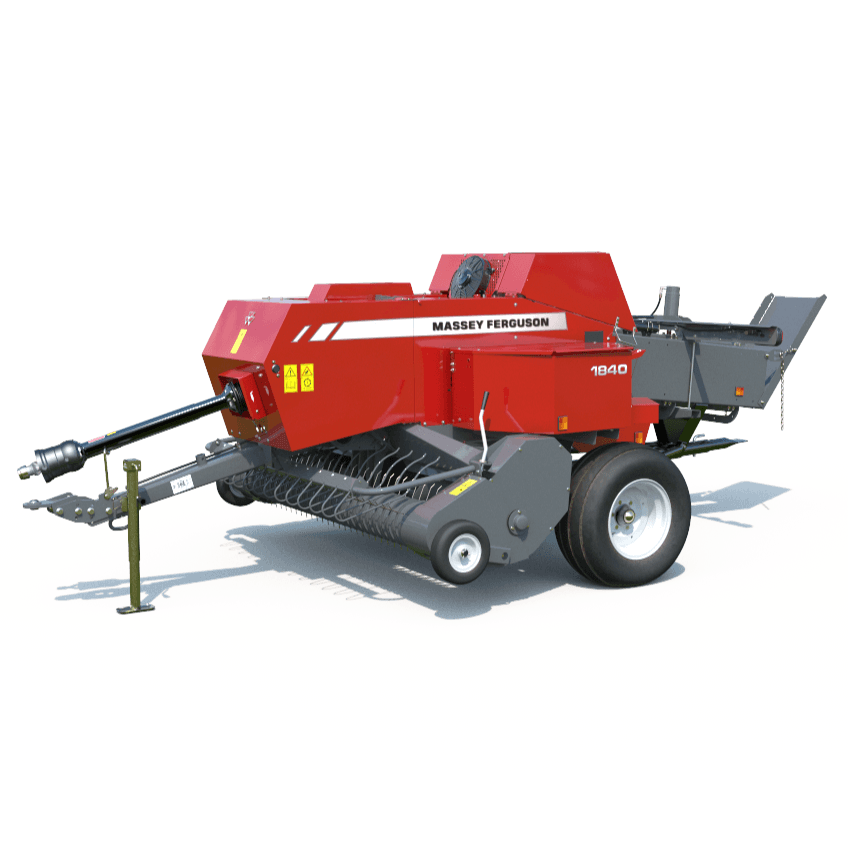
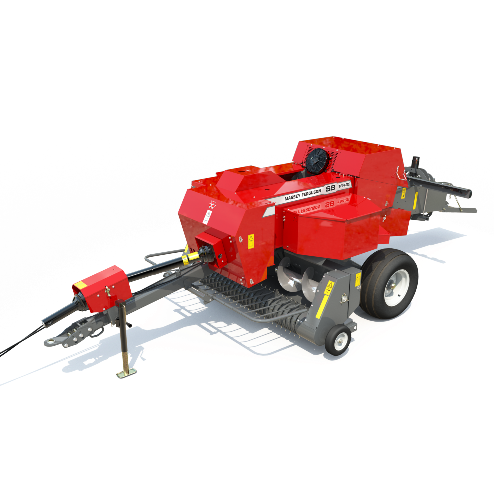
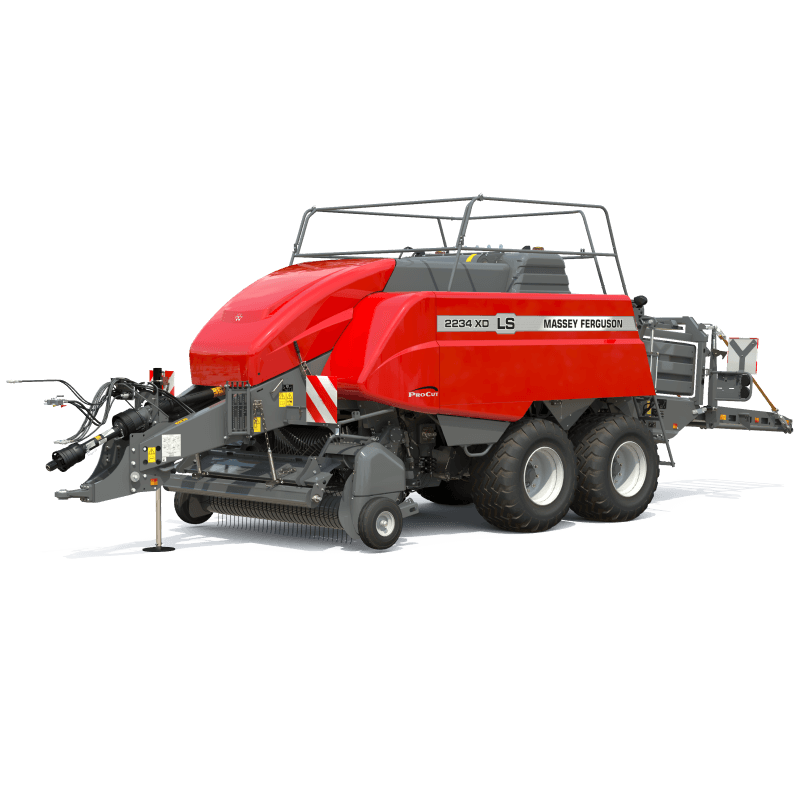
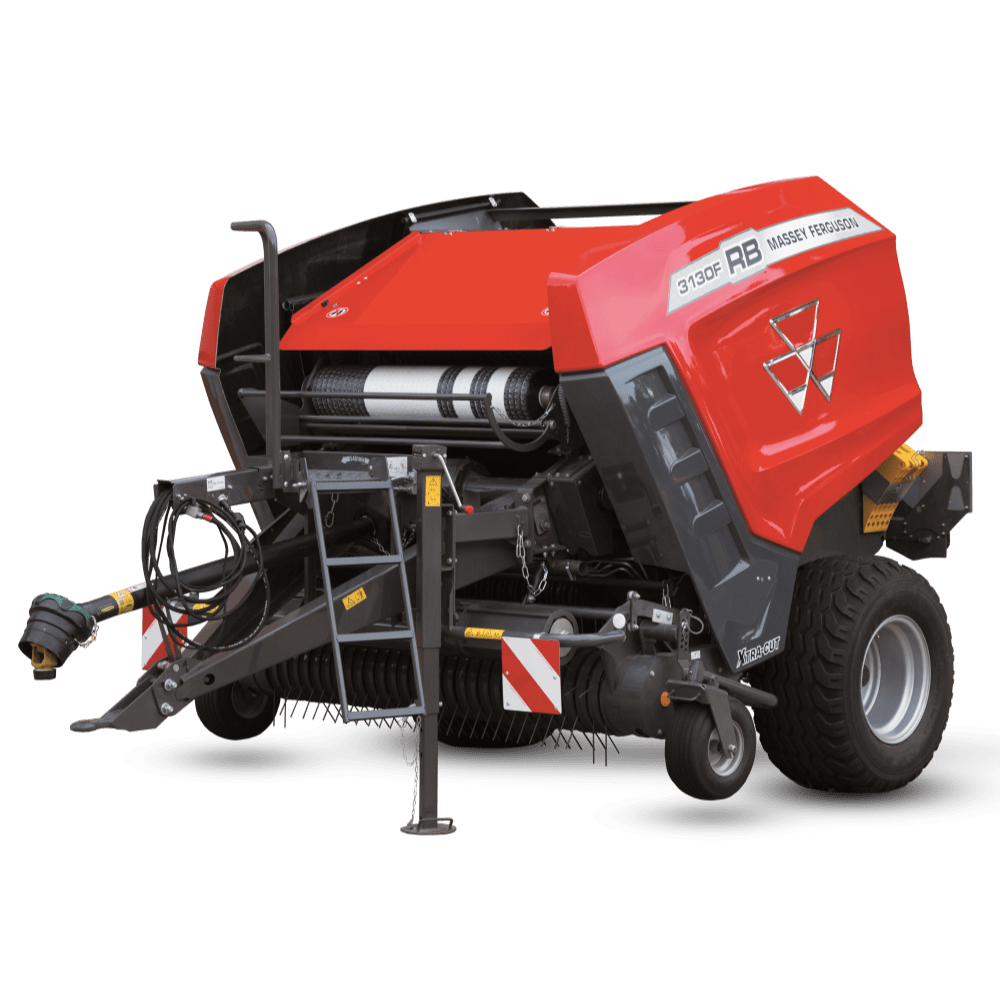
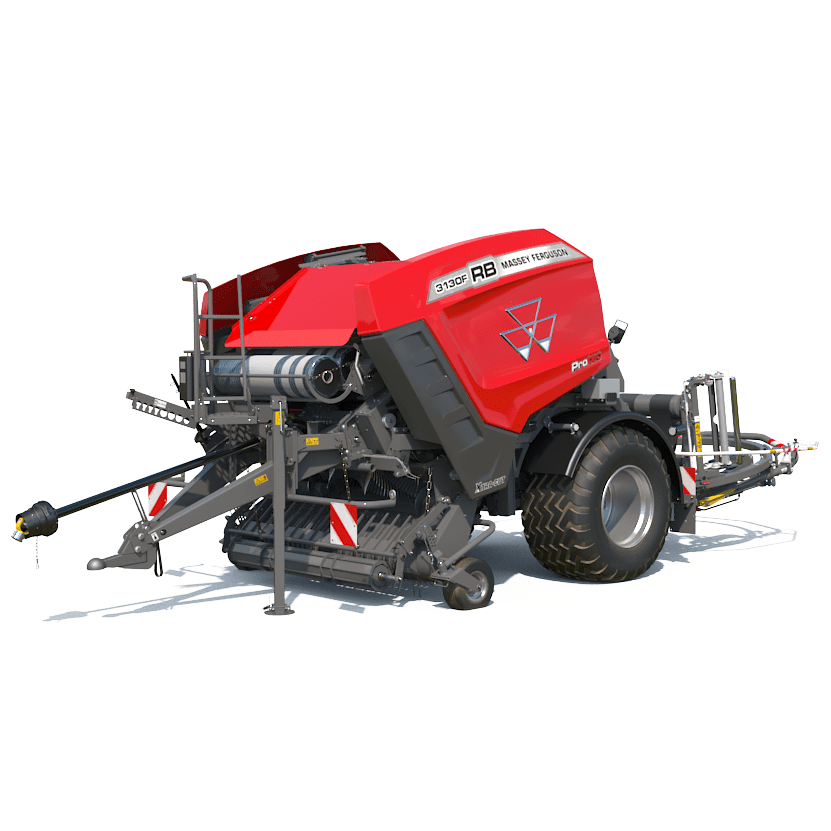
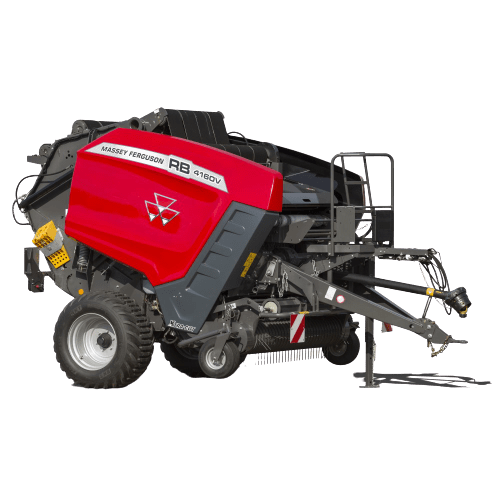
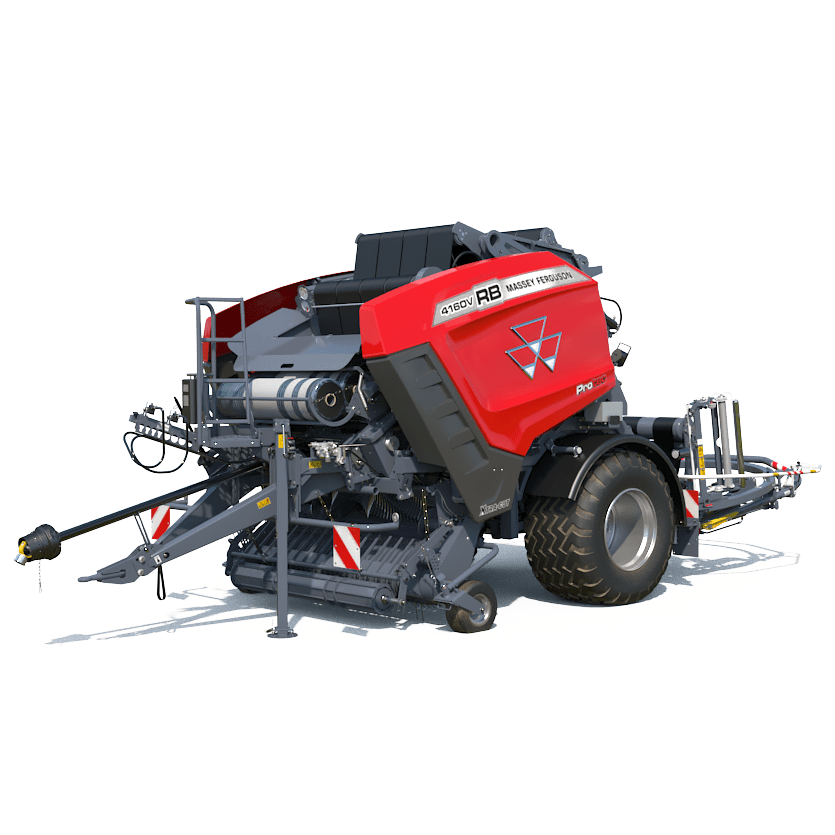

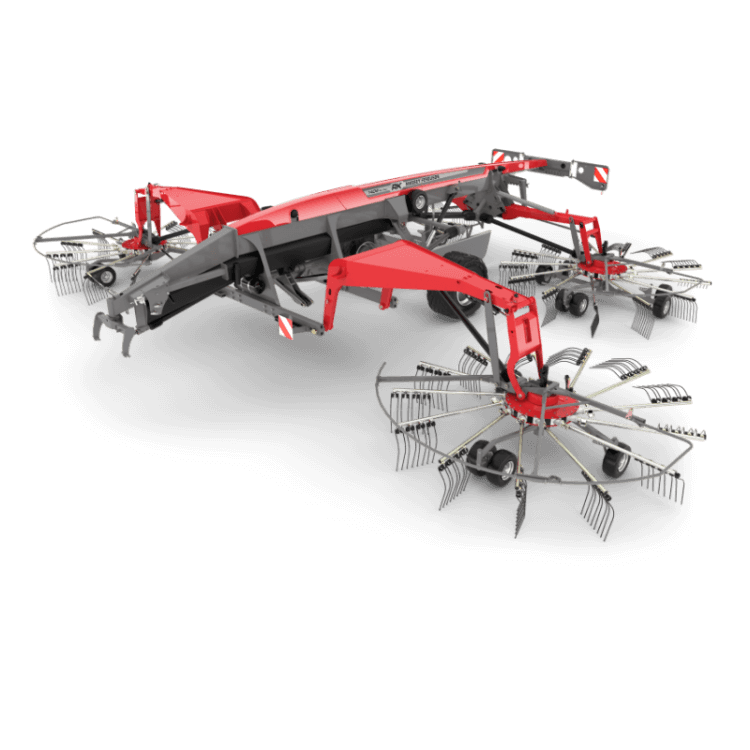
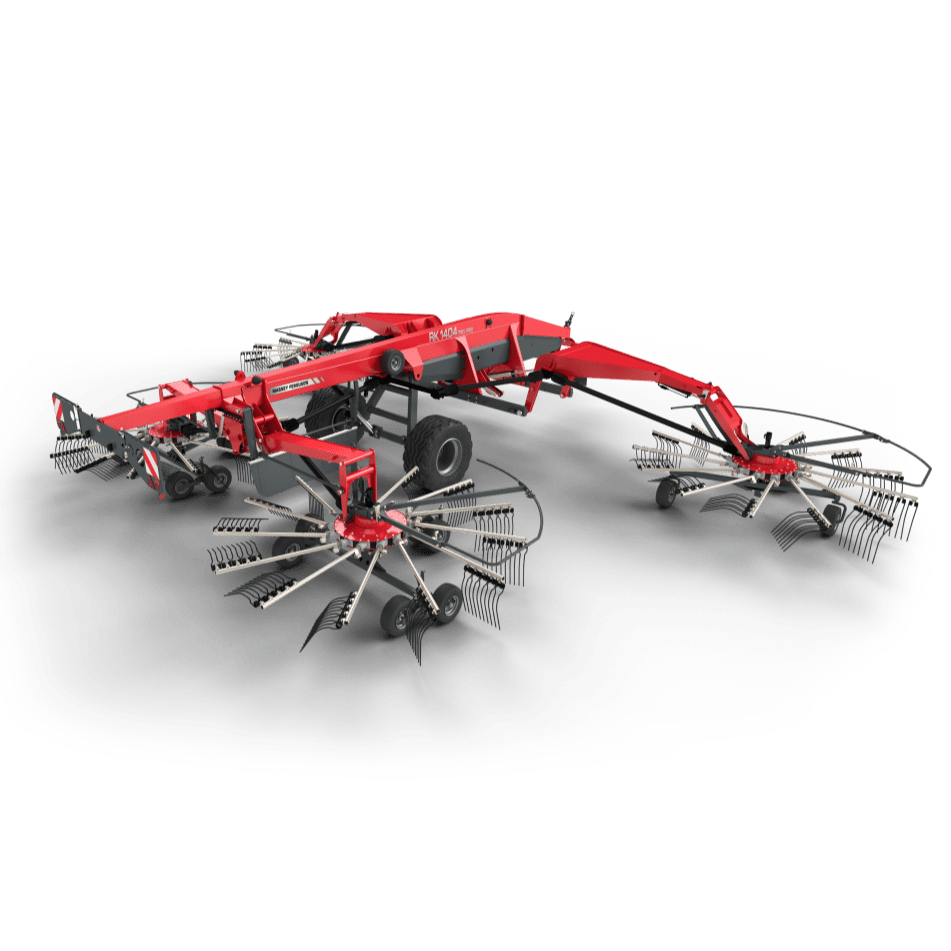
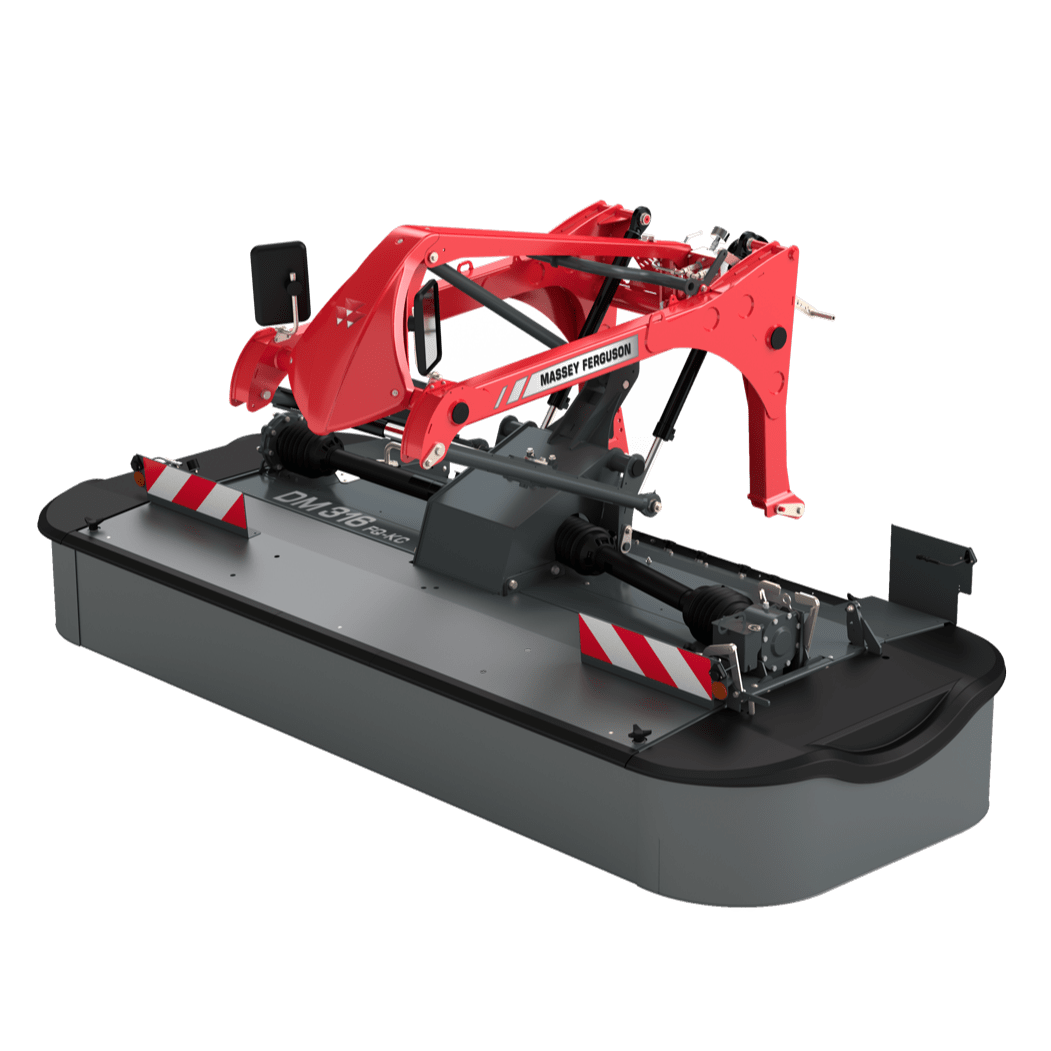
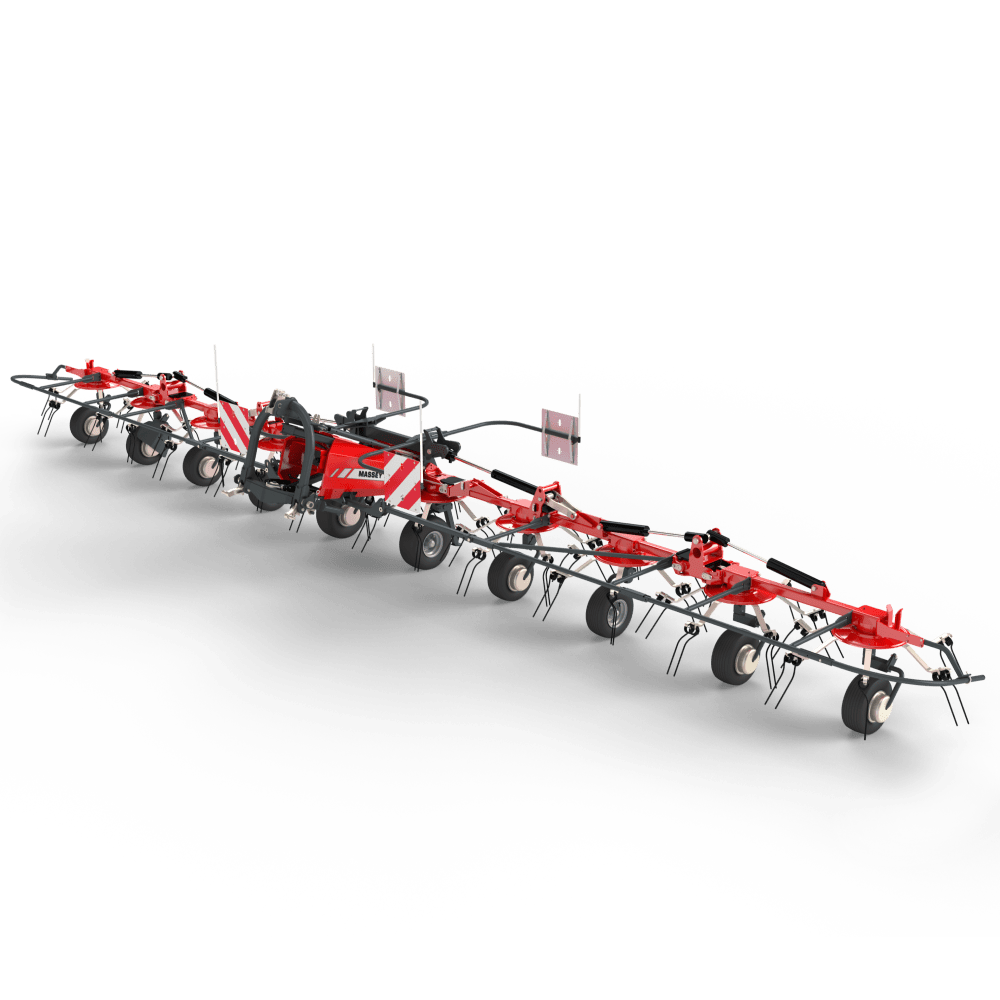
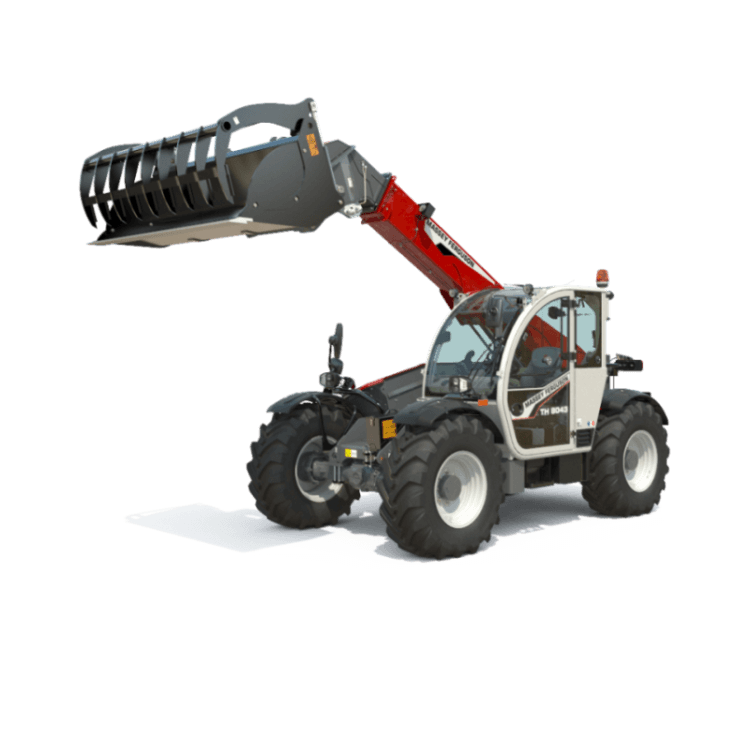
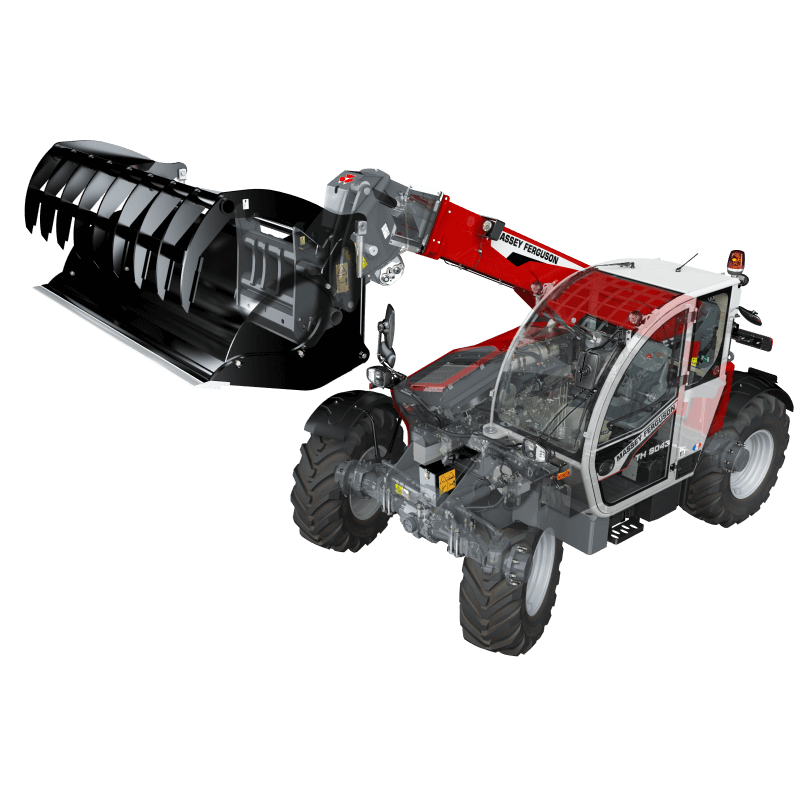
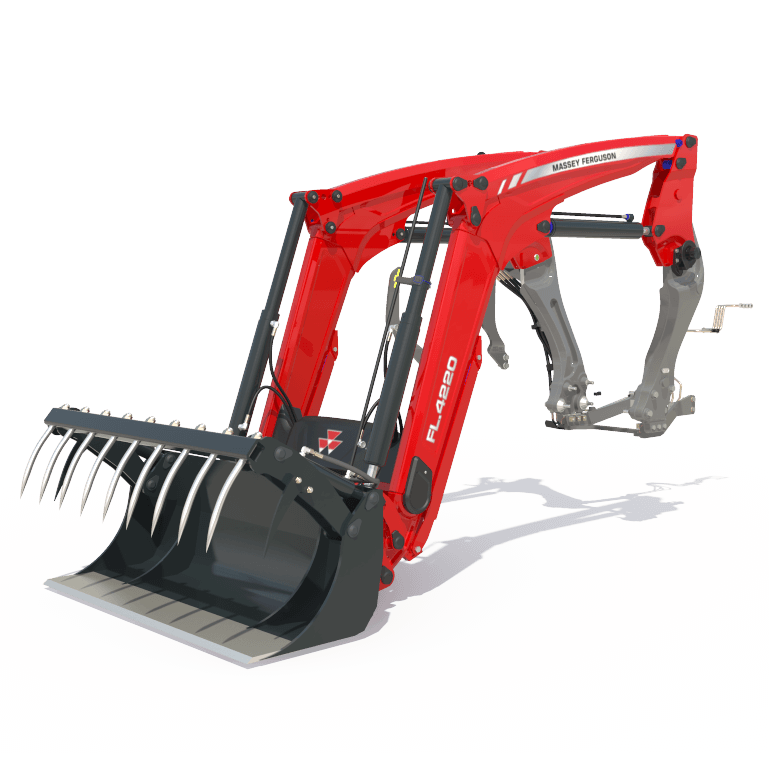
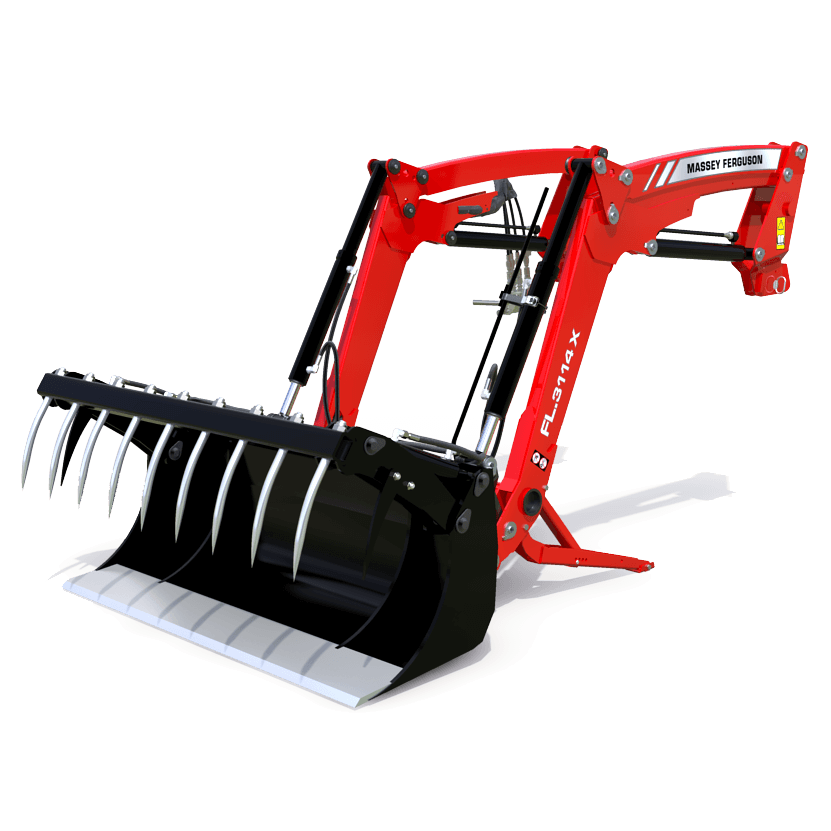
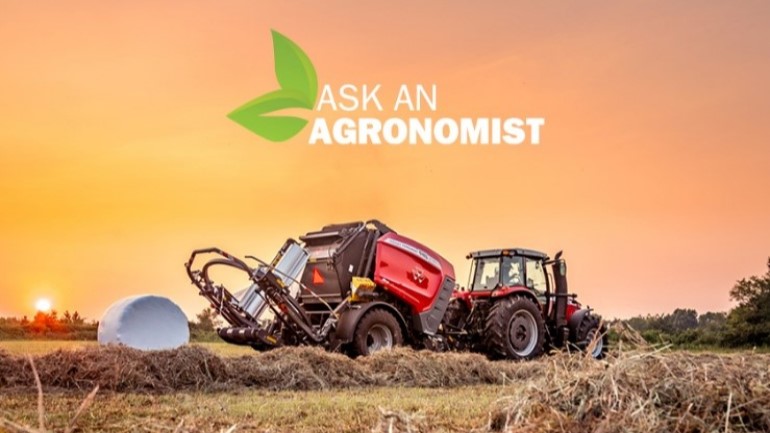
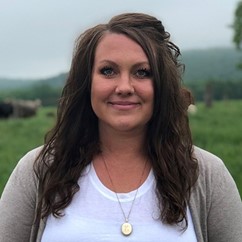
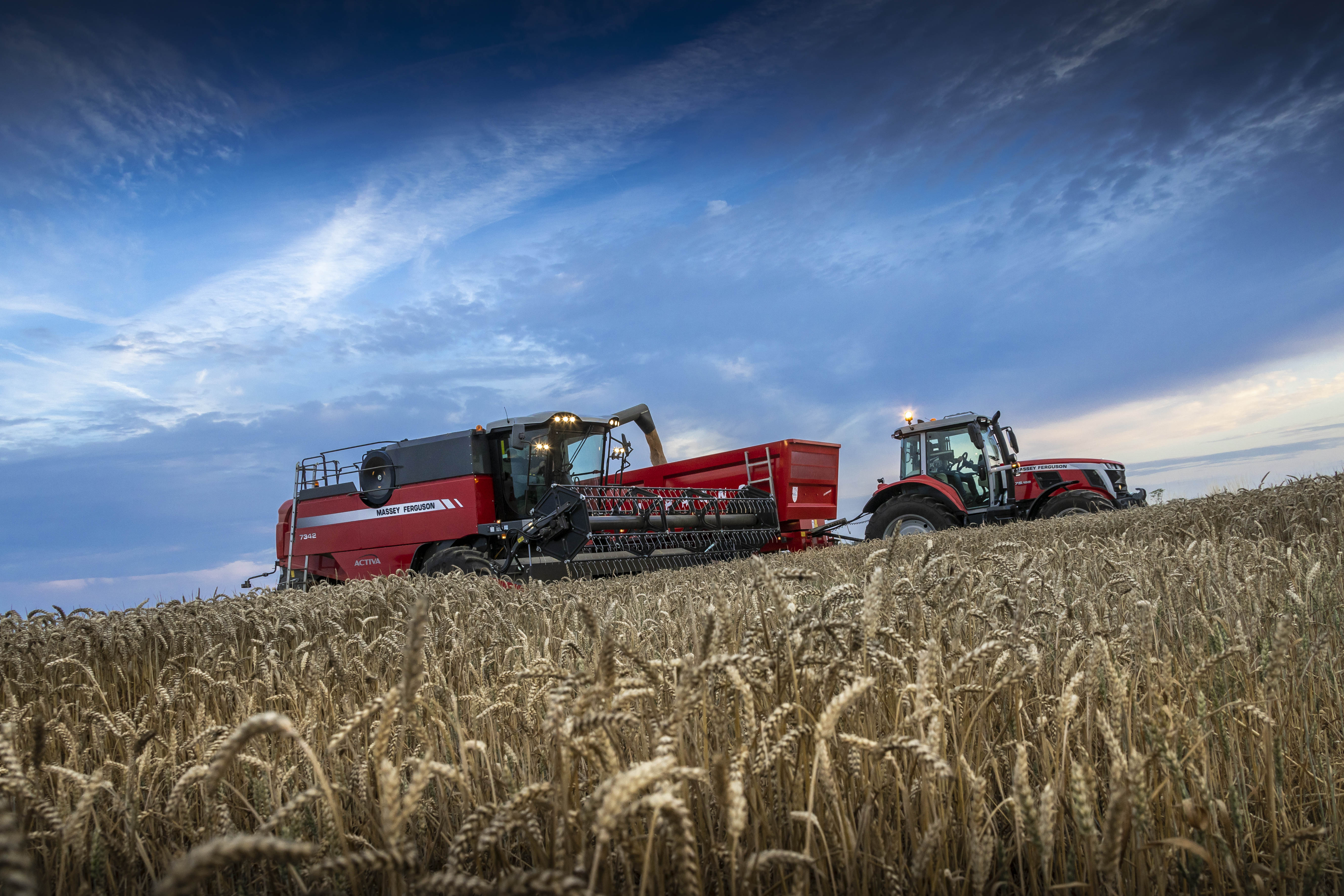
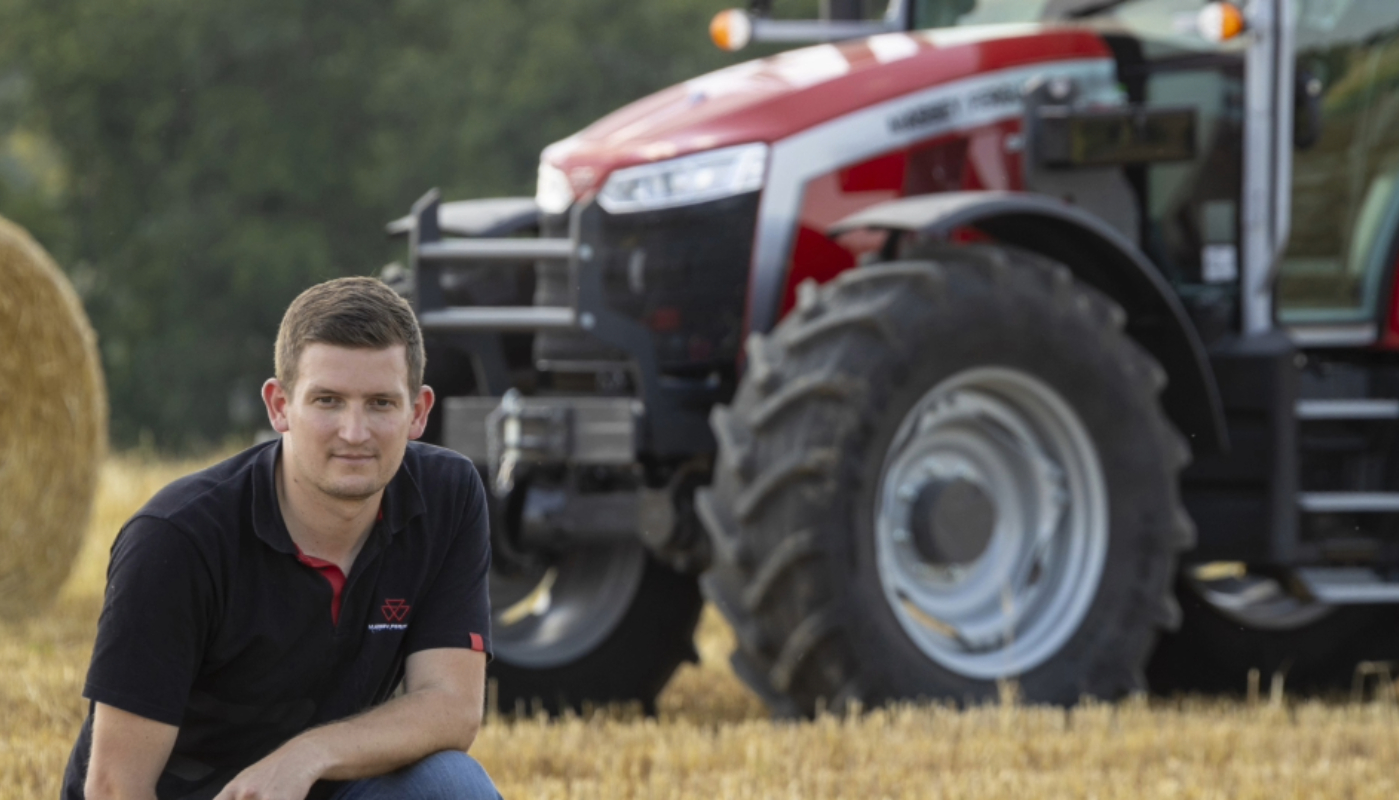
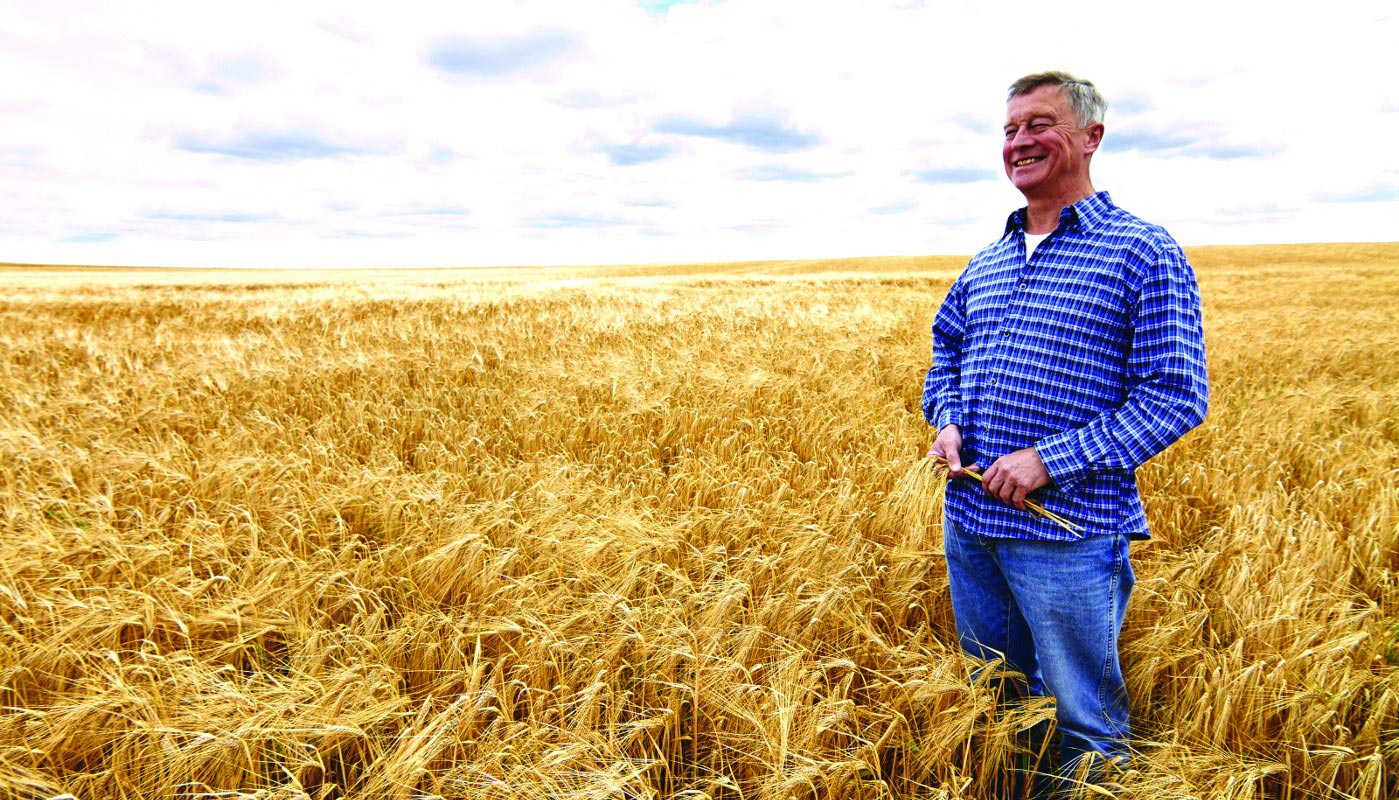
Share